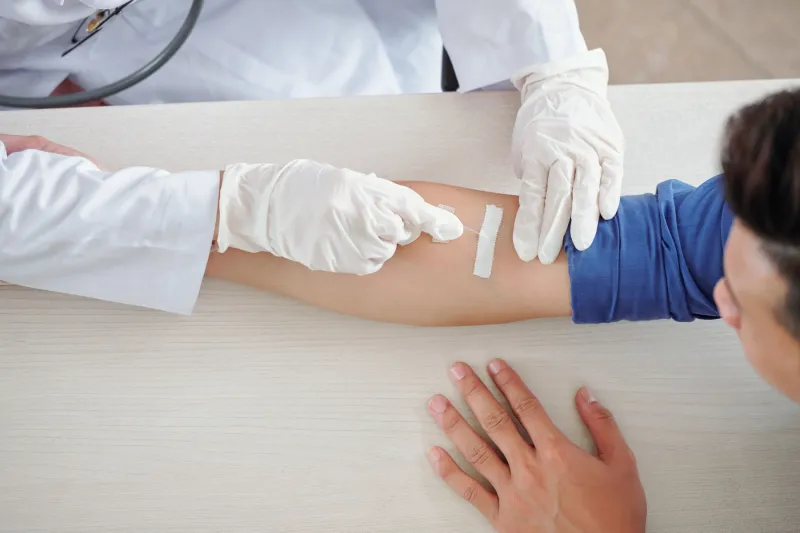
Growth of the Global Venipuncture Procedure Market
The global venipuncture procedure market is projected to experience significant growth, with an expected value of $1.5 billion by 2030. This expansion is anticipated at a compound annual growth rate (CAGR) of 4.4%, as reported by Research and Markets. The market’s steady rise is driven by several key factors that are reshaping the healthcare landscape.
One of the primary reasons for this growth is the increasing demand for diagnostic testing. As more individuals seek regular health check-ups, the need for accurate and efficient diagnostic procedures has become more critical than ever. This trend is further amplified by the rising prevalence of chronic diseases, such as diabetes, cardiovascular conditions, and autoimmune disorders. These illnesses require ongoing monitoring and treatment, which often involves blood tests and other forms of diagnostic evaluation.
Venipuncture, the process of drawing blood from a vein, plays a vital role in these diagnostic efforts. It is a fundamental procedure used across various medical settings, including hospitals, clinics, and laboratories. The importance of venipuncture in patient care cannot be overstated, as it provides essential data for diagnosing conditions, monitoring treatments, and assessing overall health.
In addition to the growing demand for diagnostic services, the market is also witnessing a shift towards safer and more advanced technologies. One notable development is the increased adoption of safety-engineered needles and devices. These innovations help reduce the risk of needlestick injuries and exposure to bloodborne pathogens, making the procedure safer for both patients and healthcare professionals.
Another technological advancement gaining traction is the use of vein visualization devices. These tools, such as near-infrared imaging systems, enable healthcare providers to locate veins more effectively, especially in patients with difficult-to-access veins. This not only improves the success rate of venipuncture but also enhances the overall patient experience by minimizing discomfort and the number of attempts required.
Furthermore, there is a growing emphasis on training and education for healthcare providers involved in venipuncture. Many institutions are investing in simulation-based training programs to enhance the skills and confidence of practitioners. These programs offer realistic scenarios that allow trainees to practice venipuncture techniques in a controlled environment, ensuring they are well-prepared for real-world situations.
The focus on education and training is part of a broader effort to improve the quality of care and reduce errors associated with venipuncture. By equipping healthcare professionals with the necessary knowledge and skills, the industry aims to maintain high standards of safety and efficiency.
Overall, the venipuncture procedure market is poised for continued growth, driven by the increasing need for diagnostic testing, advancements in technology, and a commitment to improving healthcare practices. As the demand for accurate and safe medical procedures continues to rise, the market will likely evolve to meet these challenges and opportunities.
Post a Comment